ISLAMABAD: Large-scale manufacturing (LSM) growth increased by 11.7 per cent during July-June 2021-22 (FY22) as compared to the same period of last fiscal.
According to the details, in June 2022, its growth was 11.5 percent over the same month of last year and 0.2 percent over the previous month, the Pakistan Bureau of Statistics (PBS) said on Tuesday, adding that the growth was recorded as per new base-year 2015-16.
Positive growth was witnessed in major sectors including food, beverages, tobacco, wearing apparel, textile, chemicals, automobiles, iron and steel products, pharmaceuticals, leather products, and paper and paperboard. Sectors where growth declined include rubber products, fabricated metals, and other transport equipment production.
PBS further said that during July-June FY22, the food sector grew 8.4 percent, beverages 0.5 percent, tobacco 15.9 percent, sugar 39.1 percent, textiles 3.5 percent, wearing apparel 49.4 percent, leather products 0.8 percent, wood products 115.7 percent, paper and board 10.6 percent, coke and petroleum products 0.7 percent, all chemicals 9.0 percent (in which chemical products output increased 19.4 percent and fertilizers 2.7 percent).
Pharmaceuticals’ output increased by 13.7 percent, computer, electronics, and optical products output went up 3.6 percent, electrical equipment 2.6 percent, and non-metallic mineral production increased by a percent over last year.
Besides, iron and steel products grew 16.3 percent, machinery and equipment 15.4 percent, automobiles 49.4 percent, coke & petroleum products 0.7 percent, furniture 180.2 percent, and other manufacturing (footballs) were up 43.2 percent over the same period of last year.
However, the production of rubber products declined 15.8 percent, fabricated metal 3.8 percent, and other transport equipment production went down 11.2 percent over last year. Cement production also declines by 3.6 percent.
On a year-on-year basis, in June 2022, beverages output was up 4.4 percent, tobacco 70.4 percent, wearing apparel 47.1 percent, wood products 2.8 percent, paper and board 32.9 percent, sugar 35.2 percent, chemicals 8.7 percent (of which chemical products output was up 19.5 percent, and fertilizer was 1.5 percent), pharmaceuticals 86.3 percent, iron and steel products 14.1 percent, non-metallic mineral production 6.3 percent, fabricated metal 6.2 percent, computer, electronics, and optical products production 13 percent, electrical equipment 10.8 percent, machinery and equipment 39.9 percent, automobiles 25.2 percent, and other manufacturing 44.9 percent over production of the same month last year.
Meanwhile, food production was down 11.4 percent, textiles 3.6 percent, coke & petroleum products 9.2 percent, furniture 40.8 percent and other transport equipment production declined 13.6 percent over the corresponding month of last year.
As per the old base-year, 2005-06 LSMI production for base-year 2005-06grew by 7.7% during twelve months of fiscal year (2021-22) as compared to the corresponding period of last year.
The LSMI was recorded at 160.2 points during July-June (2021-22) against 148.7 points during July-June (2020-21), showing growth of 7.7%, according to latest PBS data. On a year-on-year basis, the LSM grew by 14.2% in June compared to the same month of last year.
On a MoM basis, the LSM sector also witnessed an increase of 8.2% in June when compared with May 2022.
The major sectors that showed positive growth during FY22 included textile at 2.2%, food, beverages and tobacco 15.2%, coke and petroleum products 0.4%, Pharmaceutical 19.9%, chemicals 10.2, automobiles 24.6%, iron and steel products 21.4%, fertilizer 2.6%, leather products 2.5%, paper and board 10.6% and wood products 115.7%.




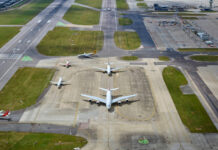
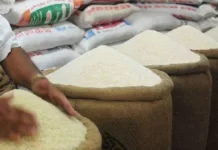
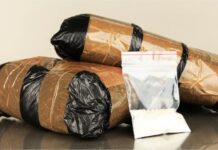













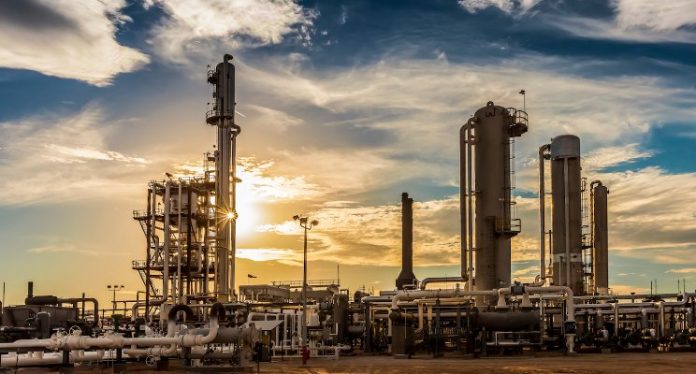
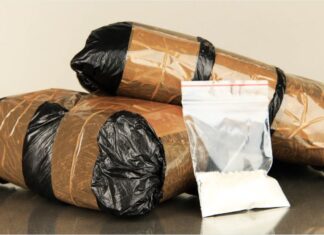



Growth in Large Scale Manufacturing will not result in much needed job creation in the local economy. The article failed to mention the billions taken in loans by these industries at extremely cheap rates to only show less than 12% growth with no significant growth in exports. If the same level of support would have been given to SMEs in Pakistan, there would have been considerable level of job creation and at the same time SMEs would have also upgraded to become more competitive and also be able to export in the medium term .